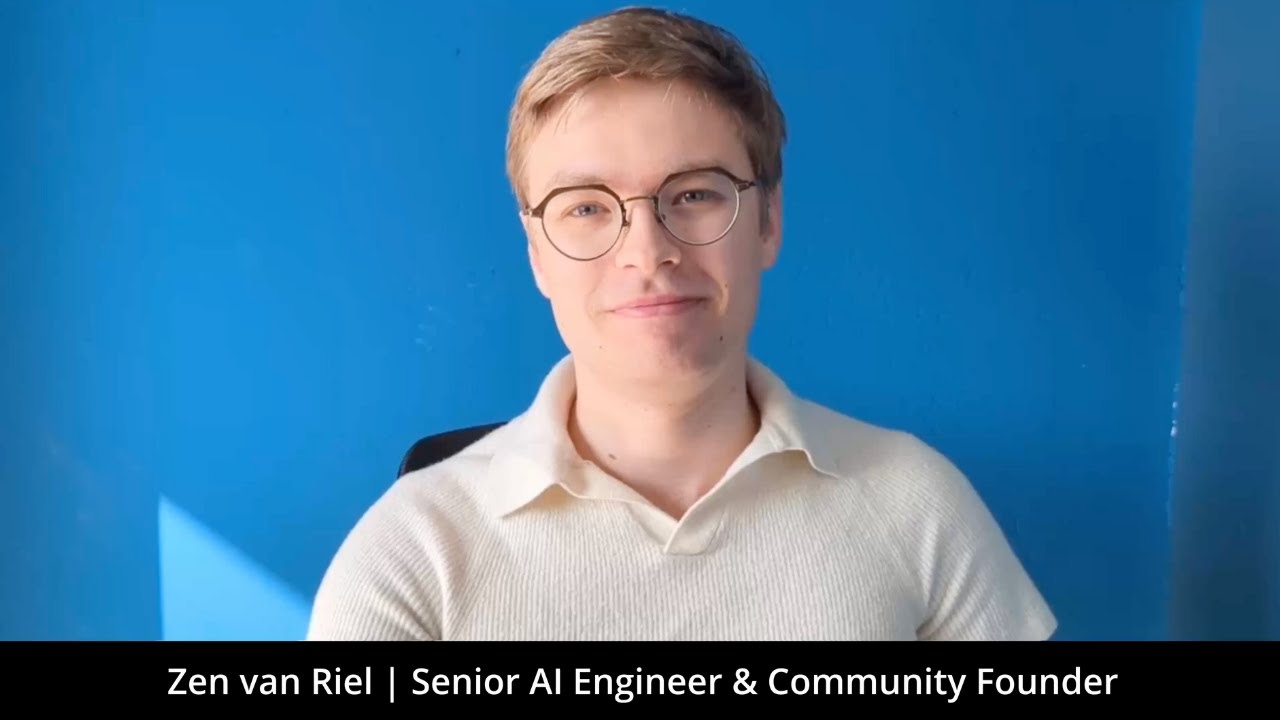AI Implementation vs Traditional Software Engineering Skill Transfer Guide
When I transitioned from traditional software engineering to AI implementation, I discovered something surprising: nearly 70% of my existing skills transferred directly to this new domain. This realization helped me bypass months of unnecessary retraining and accelerate my career progression. If you’re a software engineer considering this transition, you already have more valuable expertise than you might realize, as outlined in my complete AI engineer career path guide.
Your Existing Software Engineering Superpowers
Traditional software engineers possess several skills that provide immediate advantages in AI implementation:
System Architecture Knowledge: Understanding how to design scalable, maintainable systems is even more critical for AI applications, which often involve complex data flows and integration points. Your ability to visualize system components and their interactions gives you a significant head start.
API Design Experience: Well-designed APIs are the backbone of successful AI implementations. Your experience creating intuitive, consistent, and well-documented interfaces allows you to build AI systems that other developers can easily integrate with.
Testing Methodologies: Traditional testing approaches need adaptation for AI systems, but the fundamental principles remain. Your understanding of test coverage, edge cases, and regression testing provides a foundation for developing reliable AI applications.
DevOps Familiarity: Knowledge of CI/CD pipelines, deployment strategies, and monitoring systems is directly applicable to AI systems, which face many of the same operational challenges but with additional complexity.
What’s particularly valuable is that these skills are often underrepresented among AI practitioners who come from research or data science backgrounds, making your expertise especially valuable to organizations.
The Mental Model Shifts for AI Implementation
While many skills transfer, successful transitions require several adjustments to your engineering mindset:
From Deterministic to Probabilistic Thinking: Traditional software produces consistent outputs given the same inputs. AI systems operate on probabilities, requiring engineers to think in terms of confidence levels and acceptable performance ranges rather than absolute correctness.
From Feature Development to System Prompt Design: Instead of coding explicit behavior, you’ll often define system boundaries through prompts and examples. This requires a different approach to “programming” that leverages natural language and examples rather than explicit logic.
From Complete Control to Guided Capabilities: Traditional development gives engineers precise control over every aspect of behavior. AI implementation involves guiding powerful but sometimes unpredictable capabilities toward desired outcomes.
From Fixed Requirements to Continuous Improvement: AI systems improve through iteration and feedback rather than meeting fixed specifications. This requires comfort with launching “good enough” solutions that improve over time.
These shifts represent the primary adjustment challenges for transitioning engineers. Recognizing them early accelerates your adaptation process.
The Unexpected Advantages of Software Engineering Background
My software engineering background provided several unexpected advantages that weren’t immediately obvious:
Debugging Instincts: Experienced engineers develop intuition for tracing issues through complex systems. This translates remarkably well to diagnosing problems in AI implementations, even without deep theoretical understanding.
User Experience Sensitivity: Good software engineers consider the human experience of their systems. This user-centered thinking is even more critical for AI applications, where interaction patterns are still evolving.
Technical Communication Skills: The ability to explain complex concepts to non-technical stakeholders becomes even more valuable when working with AI systems, which are often more difficult for business stakeholders to understand.
Pragmatic Problem-Solving: Software engineers excel at finding practical solutions within constraints. This pragmatism counters the tendency toward perfectionism that can paralyze AI projects.
These advantages helped me deliver working AI solutions while colleagues with more theoretical AI knowledge struggled with practical implementation challenges.
Focusing Your Learning Efforts
Based on my experience, here’s where to concentrate your learning to maximize your transition efficiency:
AI-Specific Data Structures: Focus particularly on embeddings, vector representations, and efficient retrieval mechanisms. These form the foundation of many modern AI implementations, especially in vector database systems and RAG architectures.
Model Behavior Patterns: Understanding how language models respond to different prompting strategies and their common limitations/capabilities accelerates effective implementation.
Evaluation Methodologies: Learn approaches for evaluating AI system performance beyond simple accuracy metrics, focusing on alignment with business objectives.
AI Infrastructure Components: Familiarize yourself with vector databases, model serving architectures, and optimization techniques specific to AI workloads.
This focused learning approach helped me avoid the common trap of excessive theoretical study before practical application.
The AI implementation field offers software engineers a unique opportunity to leverage existing skills while developing valuable new expertise. By recognizing your transferable knowledge and focusing your learning on the gaps that matter most, you can make this transition with remarkable efficiency.
Understanding what companies actually want from AI engineers is crucial for positioning your transferred skills effectively. To master the technical implementation behind these concepts, you need more than theory—you need expert guidance and peer support. Join my specialized AI Engineering community for exclusive access to implementation tutorials, code reviews, and ongoing mentorship.

